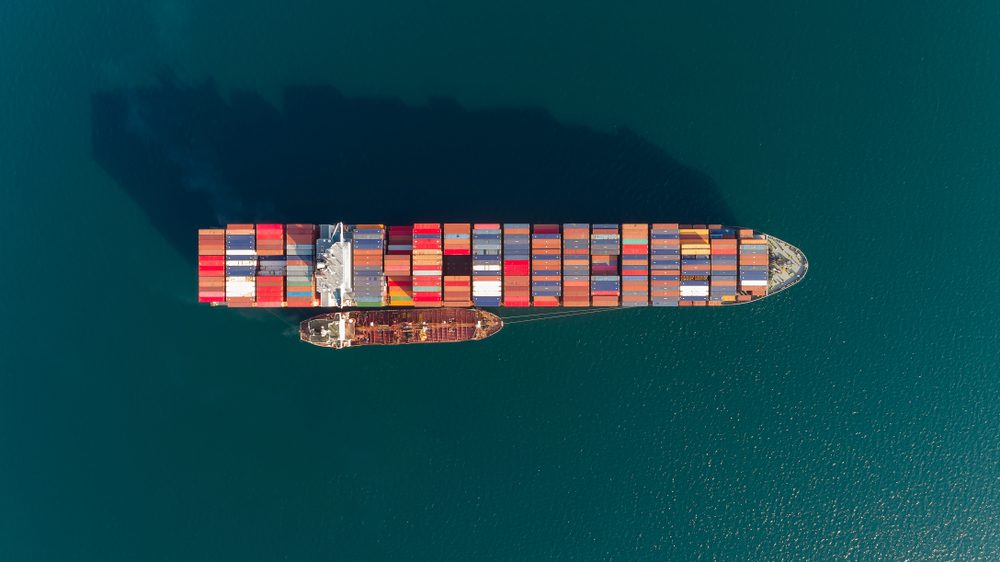VladSV / Shutterstock
By Roslan Khasawneh SINGAPORE, Jan 23 (Reuters) – The global shipping market is set for a recovery, benefiting from new global rules on marine fuels that came into effect at the beginning of the year after more than a decade of tough market conditions, according to IHS Markit.
“Overall, there is strong optimism around demand for shipping in 2020,” said Rahul Kapoor, vice president at HIS Markit in a note on Thursday.
Owing to new regulation implemented by the International Maritime Organization (IMO) to curb sulphur emissions, scrubber retrofits and removals of older fleets with a high compliance cost are expected to lead to fleet tightening, which will help increasing freight rates across sectors and ultimately boost orders, said IHS Markit.
In the biggest shake up for the oil and shipping industries in decades, the IMO banned from the start of 2020 ships from using fuels with a sulphur content above 0.5%, compared with 3.5% previously, unless they are equipped with sulphur-stripping devices known as scrubbers.
About 2,000 vessels, or less than 10% of the global fleet capacity, are equipped with scrubbers, as of Jan. 1, according to IHS.
While retrofits were slow last year and delayed by technical difficulties and a lack of key parts, “scrubber adoption is expected to continue and a second wave of installations is expected this year”, said IHS, adding that it expected more than 3,500 units to be equipped with scrubbers by January 2021.
“Considering the fact that fleet supply will likely tighten due to scrubber retrofitting and potential demolitions, given that demand remains healthy, we may see stronger freight rates this year,” said Dalibor Gogic, principal analyst at IHS Markit.
BY SECTOR
The dry bulk market, whose fleet is expected to grow 3% in 2020 compared with 3.8% in 2019, is on a long-term recovery cycle, primarily driven by supply normalisation, said IHS.
“For 2020, the dry freight market is expected to be stable with artificial supply tightness owing to scrubber installations as well as robust iron ore trade growth while political risk remains in the coal trading sector,” said Daejin Lee, principal consultant at IHS Markit.
The oil market, however, is expected to remain volatile due to concern about global trade and slowing economic growth together with uncertainty and instability in the Middle East.
Still, the oil tanker freight market is expected to be stronger in 2020 than last year with fundamentals starting to noticeably improve since the second half of 2019, said IHS.
Despite a slowing crude oil market share from Organization of the Petroleum Exporting Countries in 2019, tanker demand growth will be driven by increased crude exports from the United States, Brazil, Guyana and Norway, said Fotios Katsoulas, principal analyst at IHS Markit.
Shipping demand growth for the entire tanker sector could reach about 4% in 2020, said IHS. (Reporting by Roslan Khasawneh Editing by Robert Birsel)
(c) Copyright Thomson Reuters 2019.

 Join The Club
Join The Club











